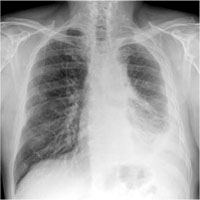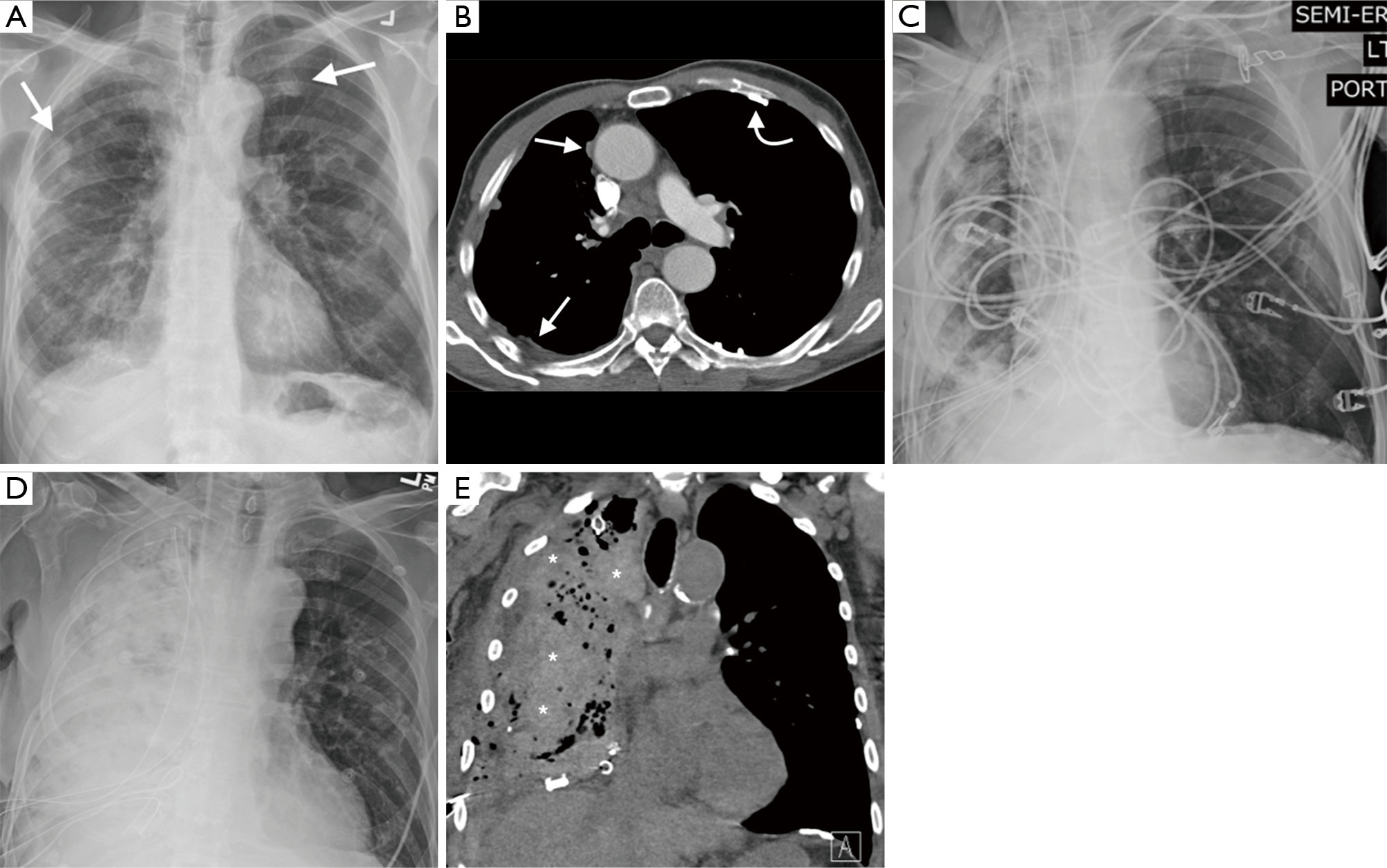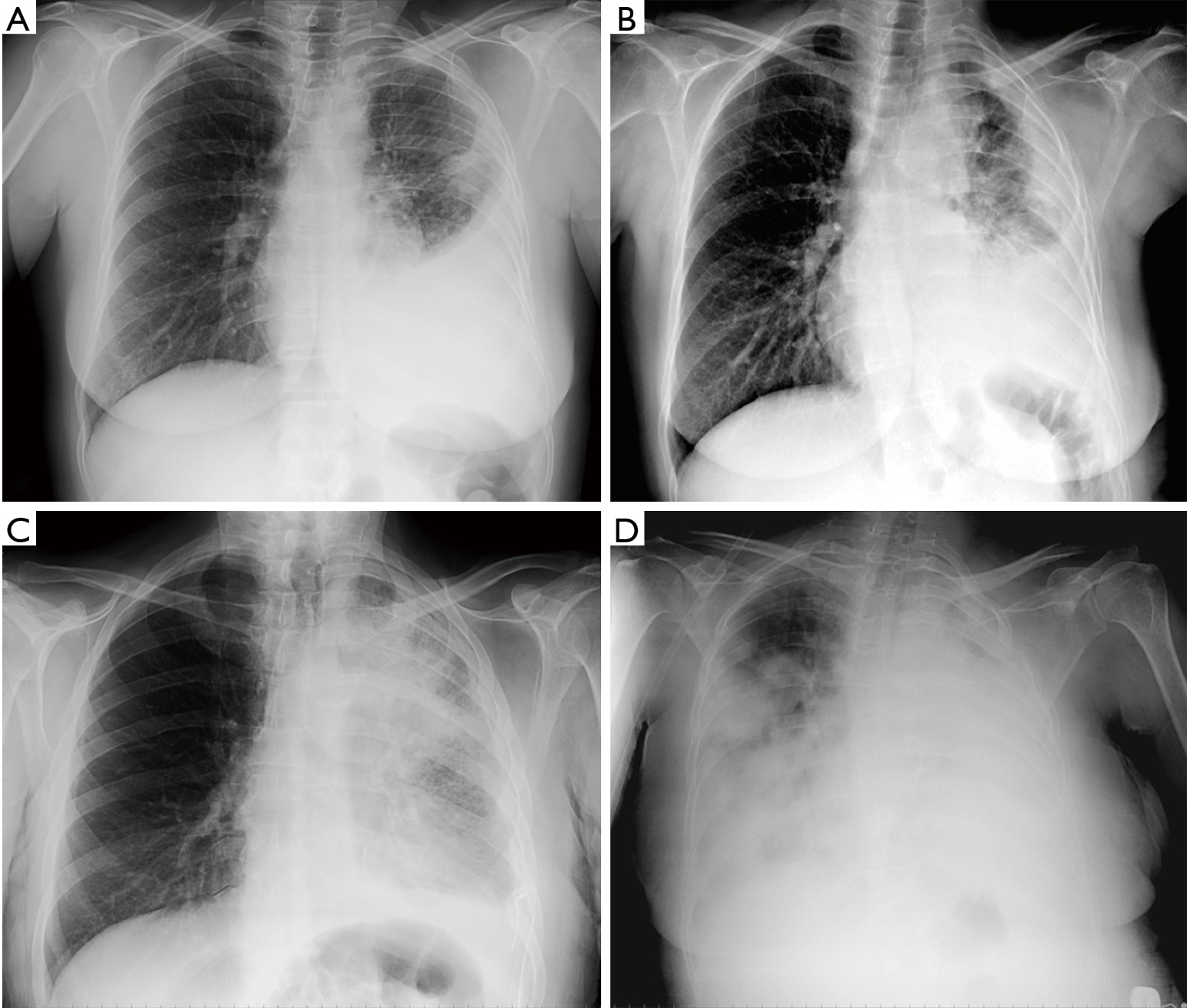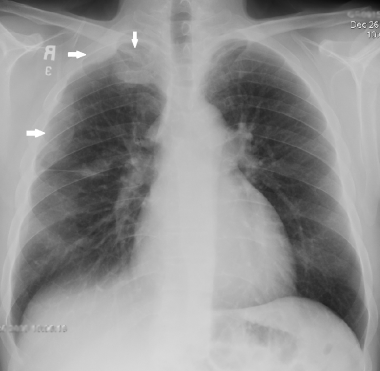As x ray technology developed further the framework for diagnosis and understanding the pathology of mesothelioma was established in 1931. The most common mesothelioma finding on radiographs is unilateral concentric plaque like or nodular pleural thickening.

Mesothelioma And Asbestos Terrence M Johnson Esq Law Offices Chicago
However the fissures may.

Mesothelioma cxr findings. The term was developed after thousands of autopsies numerous discoveries and significant research linked asbestos to a deadly form of cancer. It is important that these tests which include mris ct scans and x rays are. Complications may include lung cancer mesothelioma and pulmonary heart disease.
If it is suspected that someone has mesothelioma or any other form of cancer a number of tests will be ordered. The chest x ray cannot delve deep into the tissues and reveal irregularities that are picked up by more advanced imaging platforms. Asbestosis is long term inflammation and scarring of the lungs due to asbestos fibers.
Asbestosis typically occurs 10 15 years following the commencement of exposure to asbestos and is dose related 3heavy asbestos exposure is predominantly encountered among men as most exposures are occupational in the setting of construction mining or shipautomotive industries. The most common area affected is the lining of the lungs and chest wall. Mesothelioma x ray findings ct scan and images.
The term mesothelioma was coined in 1909 just a few years after the introduction of medical x ray imaging. However a chest x ray has limited usefulness because the images findings are nonspecific. Less commonly the lining of the abdomen and rarely the sac surrounding the heart or the sac surrounding the testis may be affected.
Here we present cxr from 64 year old hispanic male who was diagnosed with advanced mesothelioma. 1012 the pleural thickening may be either plaquelike or nodular. Unilateral irregular nodular and diffuse pleural thickening is the classic finding on chest radiographs in patients with malignant mesothelioma.
One of the initial signs of mesothelioma is a thickening of the lung or pleural thickening that can be seen on a chest x ray. Signs and symptoms of mesothelioma may. Pleural effusions may obscure the pleura making it difficult to evaluate the thickness.
People diagnosed with mesothelioma have aggressive cancer that is caused by asbestos exposure. Many of the tests are non invasive and they help physicians to determine the cause of certain symptoms. This cancer is incurable but patients who are diagnosed early have a much greater life expectancy.
A chest x ray for mesothelioma patients will inevitably show irregularities. Generally it requires a relatively large exposure over a long period of time. Mesothelioma also known as malignant mesothelioma is an aggressive malignant tumor of the mesothelium.
Asbestosis is caused by breathing in asbestos fibers. Mesothelioma is a type of cancer that develops from the thin layer of tissue that covers many of the internal organs known as the mesothelium. Pleural effusions are common and may obscure the presence of the underlying pleural thickening.
Pleural mesothelioma 90 covered in this article. Most tumors arise from the pleura and so this article will focus on pleural mesothelioma. You will learn can a chest x ray show mesothelioma and much more.
Symptoms may include shortness of breath cough wheezing and chest tightness. Given the presence of the mesothelium in different parts of the body mesothelioma can arise in various locations 17.

Malignant Mesothelioma Radiographics

Clinical Diagnosis Of Malignant Pleural Mesothelioma Bianco Journal Of Thoracic Disease

Malignant Pleural Mesothelioma In A Child Sciencedirect

Caceres Corner Case No 34 Update Solution Blog

Mesothelioma Pulmonary Disorders Merck Manuals Professional Edition

Overview Of Treatment Related Complications In Malignant Pleural Mesothelioma Murphy Annals Of Translational Medicine

Malignant Pleural Mesothelioma In A 17 Year Old Boy A Case Report And Literature Review Sciencedirect
